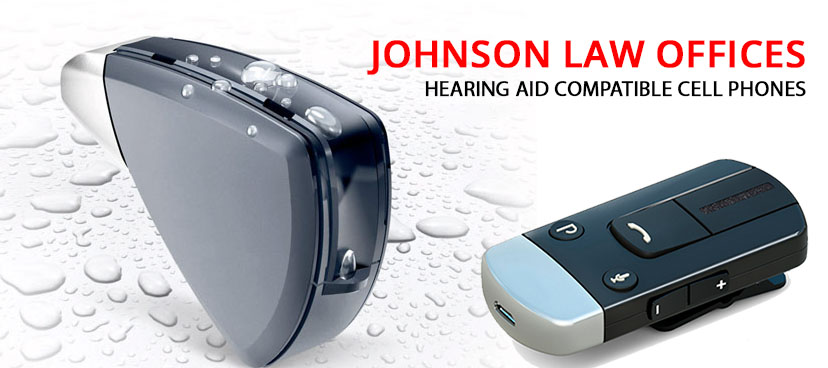There are various types of hearing aids available today and all of them have some merits and demerits. It is a given that you would get better quality hearing aid as you climb up the price range but it doesn’t imply the relatively affordable ones are unsafe.
There are stringent regulations pertaining to the manufacturing, distribution, and selling of hearing aids. In any case hearing aids are almost always recommended by doctors and only their prescribed devices are opted for.
“Audiologists and ENT surgeons are almost always updated about the technologies used in hearing aids and they will recommend the safest and the best given the needs of an individual.”
A hearing aid doesn’t interfere with analog signals. While loud noises or almost inaudible sounds would still be a challenge, hearing aids available today are safe and effective.
You could use earphones or headsets, you can use the landline and you may also be able to hear very soft or relatively inaudible sounds. One problem hearing aids have is with cell phones.
A hearing aid doesn’t go with cell phones. For mobile phone or smartphone to be usable by someone with partial or substantial hearing problems, they have to be hearing aid compatible cell phones.
Compatibility: Radio Frequency and Telecoil Coupling
There is a Hearing Aid Compatibility Act of 1988 that lists all the devices that can be used by those wearing hearing aids or needing them, regardless of whether they have it on at the time or not.
Many devices have been classified as incompatible according to the stipulations in the act. For many years, wireless devices including mobile or cell phones have been deemed incompatible. Till around 2001, people wearing a hearing aid did not use cell phones.
“There were no rules that segregated normal mobile phones and hearing aid compatible cell phones.”
Amid the increasing use of wireless devices and the unavoidability of cell phones in day-to-day life, the FCC or Federal Communications Commission initiated changes that would make the segregation between incompatible and hearing aid compatible cell phones.
For this purpose, the FCC set aside the two elements that will make a particular cell phone compatible or incompatible depending on the test results.
The two parameters used by the FCC for hearing aid compatibility are radiofrequency and telecoil coupling.
“Radiofrequency emissions are referred to as M and telecoil coupling as T. The M and T ratings determine if a cell phone is compatible with hearing aids.”
The act was amended in 2001 and since then many phones have been rolled out by almost all major brands that are hearing aid compatible cell phones.
Any random M and T ratings would not make a mobile phone compatible. You need to look for an M3 or M4 rating for radiofrequency compatibility.
For telecoil coupling to be compatible with hearing aid, the cell phones should have a T3 or T4 rating. Hence, the least you should get is a phone that has M3 and T3 ratings. You can certainly opt for M4 and T4 ratings.
The Scenario Today
2001 was still the nascent phase for cell phones. There had been a plethora of devices with innumerable features. Phones were developing and evolving fast but we were still a fair bit away from smartphones.
Since 2005, most manufacturers in the world started making hearing aid compatible cell phones. Over the years, hearing aid compatibility or HAC became a basic feature.
“Today, almost all phones manufactured by all companies around the world are HAC or hearing aid compatible.”
The phones you see on the shelves at stores or online are hearing aid compatible. There is no difference in design or feature, you would get hands-free mode, infrared or Bluetooth, and all kinds of specifications that any normal phone has.
There is no major difference in the pricing either and in any case, companies don’t sell HAC phones separately. You would be paying the same price because you would essentially be buying the same phone.
There are some phones that are better and more compatible with hearing aids. That is where the different levels of ratings come in.
“Some companies are just better with compliance and also get the highest ratings.”
You should try and test as many phones as you can and pick the one that you think is the best experience for you. Seek help from your audiologist or ENT specialist if you want. You may also consult the technical support of a brand you choose to get some advice.
Should you be buying hearing aid compatible cell phones owing any injury or ailment caused in your workplace or due to the fault of someone, you should have the cost reimbursed to you by the company or the individual responsible for your partial or substantial loss of hearing.
This is in addition to the cost of treatment and the hearing aid.



